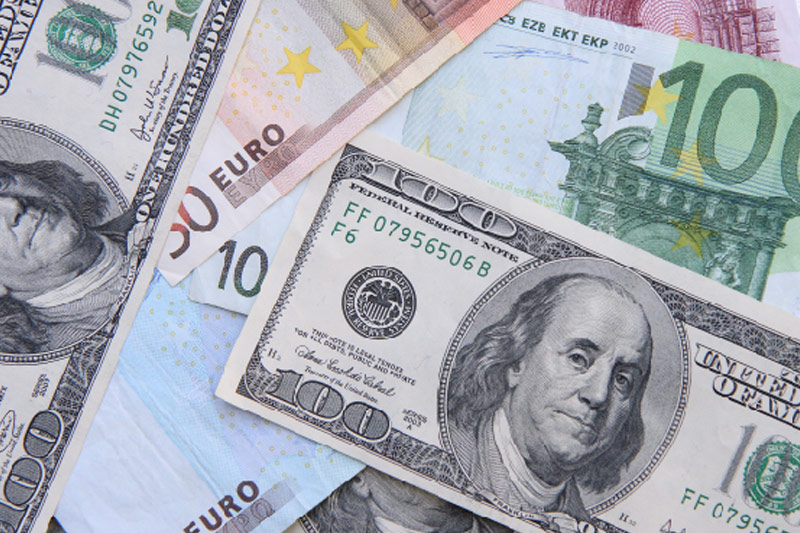Investing.com - The euro fell to nine year lows against the dollar on Monday amid mounting expectations that the European Central Bank will implement quantitative easing measures early this year in a bid to shore up the region’s flagging economy.
EUR/USD hit lows of 1.1858, the weakest since February 2006, and was last at 1.1950, off 0.42%.
On Friday, ECB President Mario Draghi said the risk of the ECB not fulfilling its mandate of price stability is higher now than six months ago, indicating that the likelihood of full blown quantitative easing has increased.
Investors were looking ahead to preliminary data on euro area inflation for December, due for release on Wednesday. Economists have forecast at 0.1% decline in inflation, which would be the first drop since 2009.
The annual rate of euro zone inflation was just 0.3% in November, well below the ECB’s target of close to but just below 2%.
Data on Friday showed that manufacturing activity in the euro area grew at a slower rate than initially estimated in December, adding to concerns over the outlook for fourth quarter growth and adding to pressure on the ECB to act.
The euro was also pressured lower by the broadly stronger dollar, which has been boosted by the diverging monetary policy stance between the Federal Reserve and central banks in Europe and Japan.
The U.S. dollar index, which measures the greenback against a basket of six major currencies, rose to highs of 91.92 on Monday, the most since December 2005.
The euro fell to seven-week lows against the yen, with EUR/JPY down 0.48% at 143.90.
Elsewhere Monday, the dollar dipped against the yen, with USD/JPY slipping 0.12% to 120.36 as losses in Asian equities markets overnight supported demand for the safe-haven yen.
